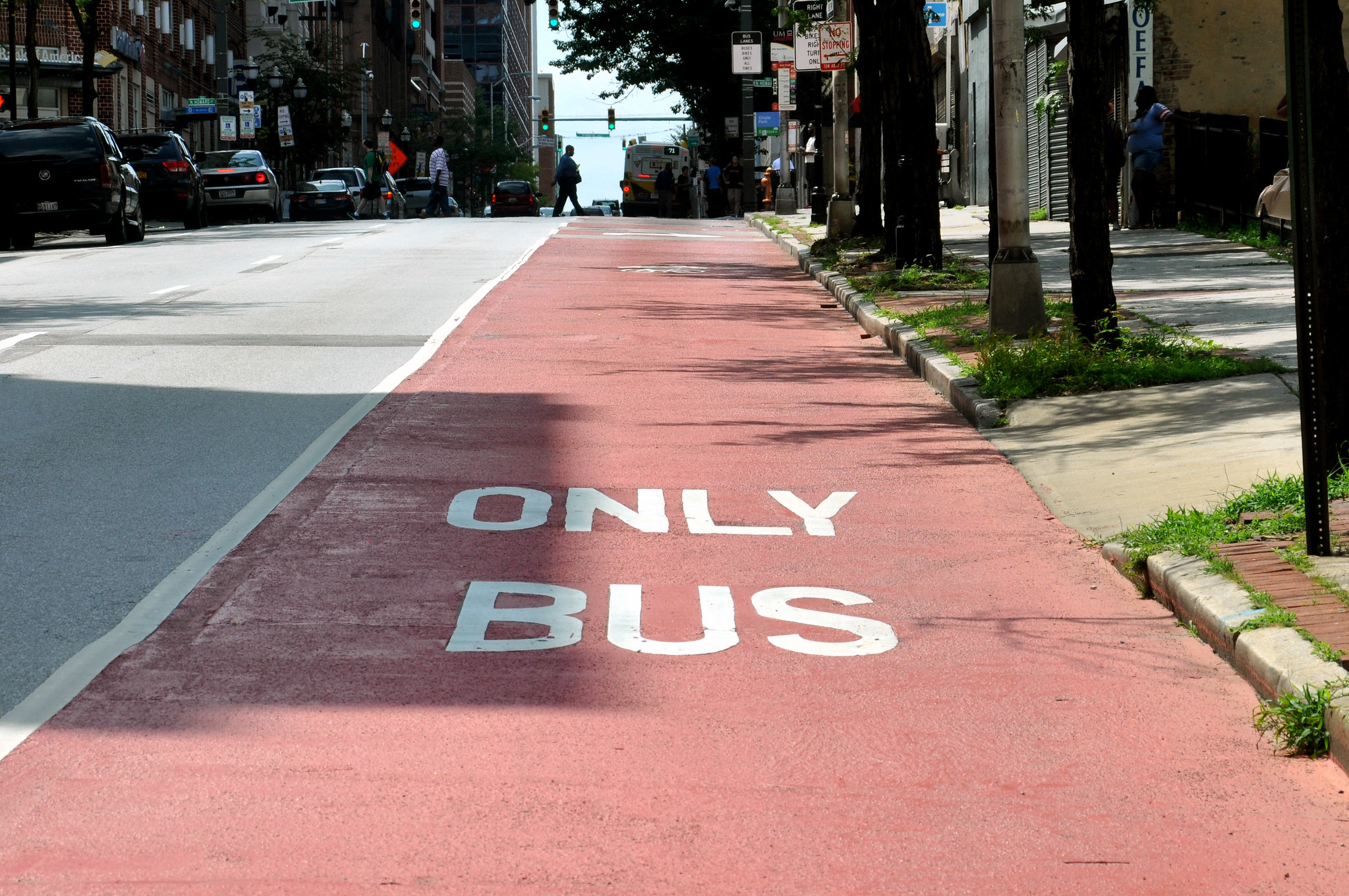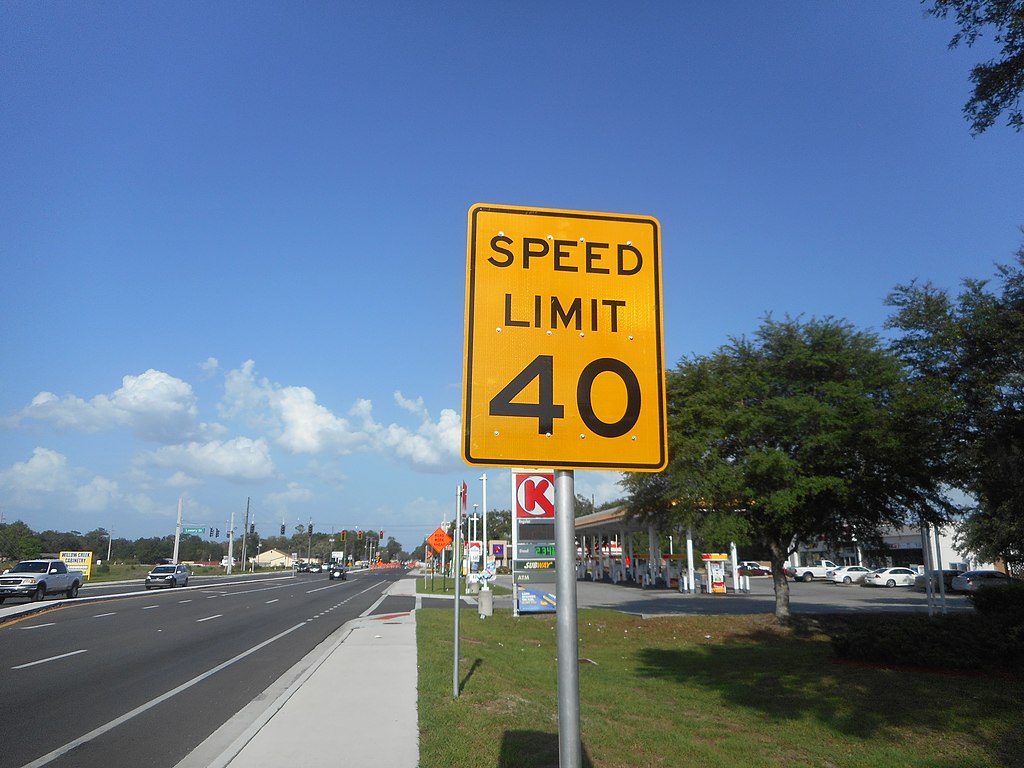This week, Columbus, Ohio, became the latest city to flip the switch on a redesigned bus network, changing a decades-old route map in a bid to jump-start flagging ridership. The updated routes bring huge numbers of people and jobs within closer reach of frequent transit service.
In a matter of hours, old bus routes were replaced with new ones, with commuters adjusting Monday morning. While the changes took effect overnight, the effort took years of planning.
In 2013, the Central Ohio Transit Authority hired consultants including Jarrett Walker, who also worked on Houston's bus network revamp, for its Transit Schedule Redesign project. The consultants helped the authority develop a plan that allocates 70 percent of bus service to high-ridership routes, while distributing the other 30 percent to increase the system's geographic coverage.
A draft of the new bus network was revealed in September 2014 and finalized after more than a year of public review. Over the course of last year, the agency geared up for launch day, drafting new schedules and preparing riders for the changes.
Buses will be free for the first week to build goodwill and help people adjust. (Local news reports are already featuring bus riders who've been taking the same route for decades and are upset by the transition.) COTA has also enlisted the help of mobile phone applications to show riders their old and new routes side by side.
Change can be difficult, but the benefits are enormous: 100,000 more Columbus residents will be within a five-minute walk of buses that arrive at least every 15 minutes, and 110,000 more jobs will be within a five-minute walk of transit, according to TransitCenter. Total bus service hours on Saturdays will increase 50 percent, and Sunday service will increase 120 percent.
A lot is riding on these changes. COTA ridership has dropped 2.6 percent from 2014 to 2016, according to the Columbus Dispatch, to 18.8 million annual unlinked trips. Now the authority is projecting a 10 percent increase in ridership by 2020, and it seeks to reach 25 million trips per year by 2025.
Nationally, the momentum for bus network redesigns is building. Two cities that recently made big adjustments to their bus networks -- Houston and Seattle -- are among the small number bucking the national trend of falling transit ridership. Cities including Austin to Boston are looking at how to change routes and schedules, as well.
According to the Dispatch, Monday's big switch in Columbus was closely watched by transit officials from Baltimore and Rochester on hand to learn lessons that can be applied to their own bus networks.






